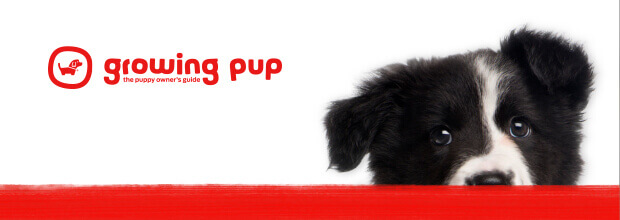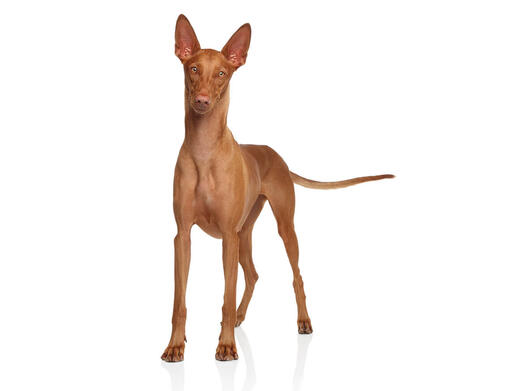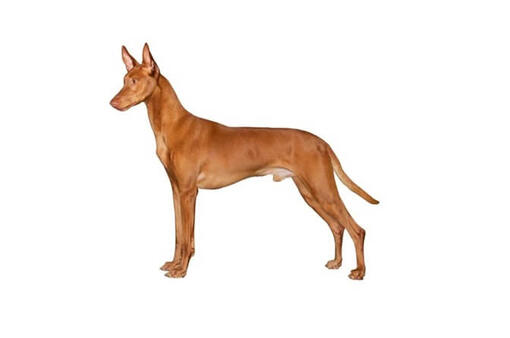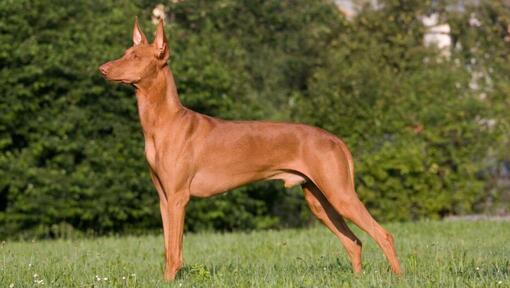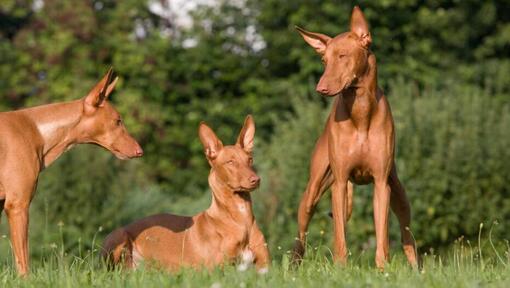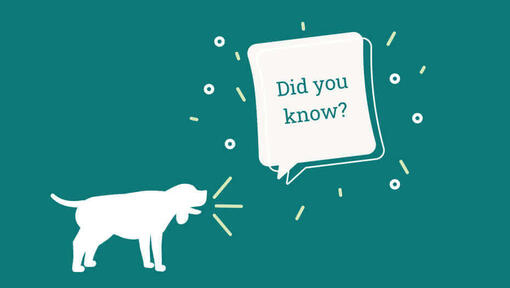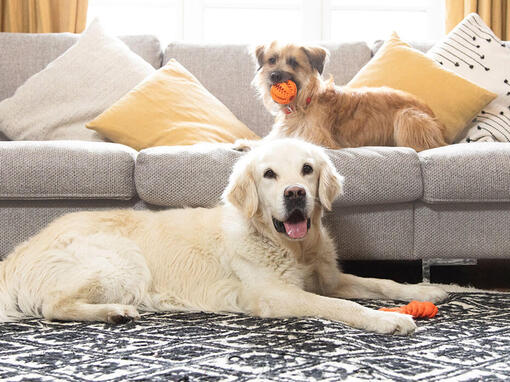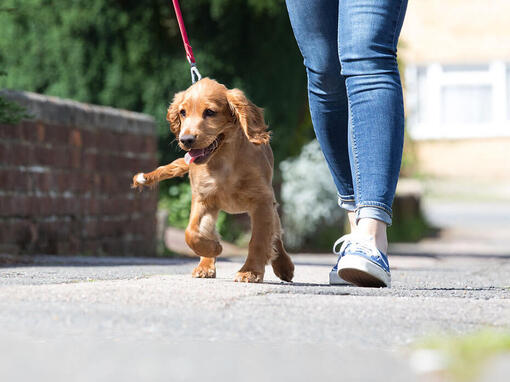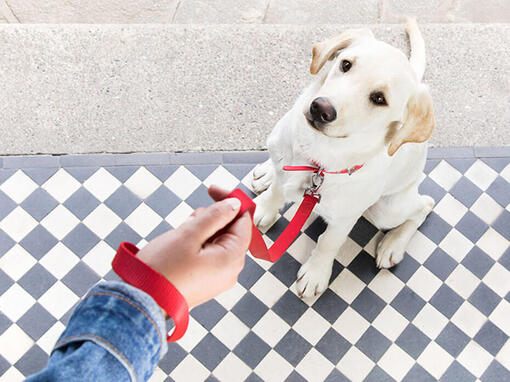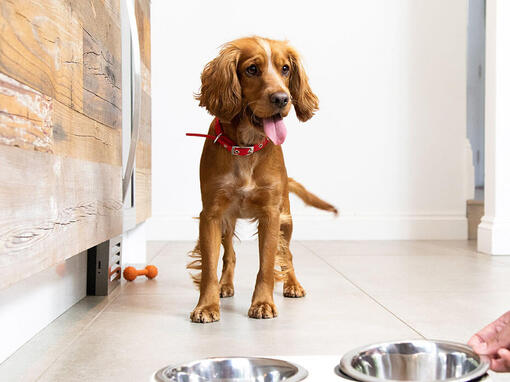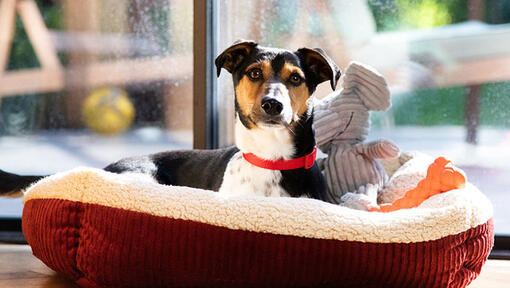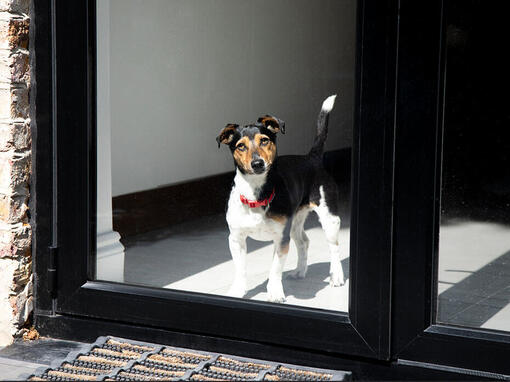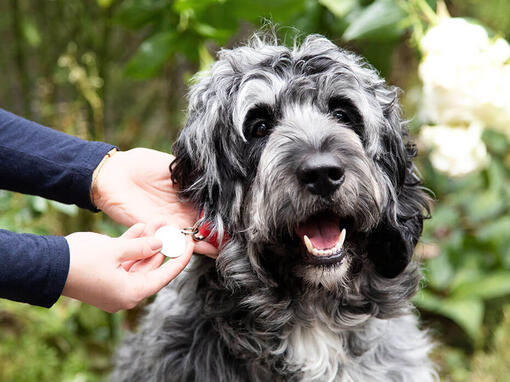The powerful, quick Pharaoh Hound is a striking, versatile dog originally bred to hunt rabbit by sight and scent. He is distinguished by a chiseled, wedge-shaped head with large, erect ears on a well-muscled body. Friendly and affectionate with his human companions, the Pharaoh Hound retains his playfulness throughout his life. Daily fenced or leashed exercise is vital for this active, athletic breed.
DID YOU KNOW? One of the oldest-known domesticated dogs, the Pharaoh Hound originated in Egypt in 3000 B.C. The Phoenicians brought the breed with them when they settled on the Mediterranean island of Malta, where the breed is recognised as the national dog. When the Pharaoh Hound is happy or excited, he blushes, turning a glowing, rosy color in the nose and ears, a trait unique to the breed.
ALSO KNOWN AS: Kelb tal-Fenek


